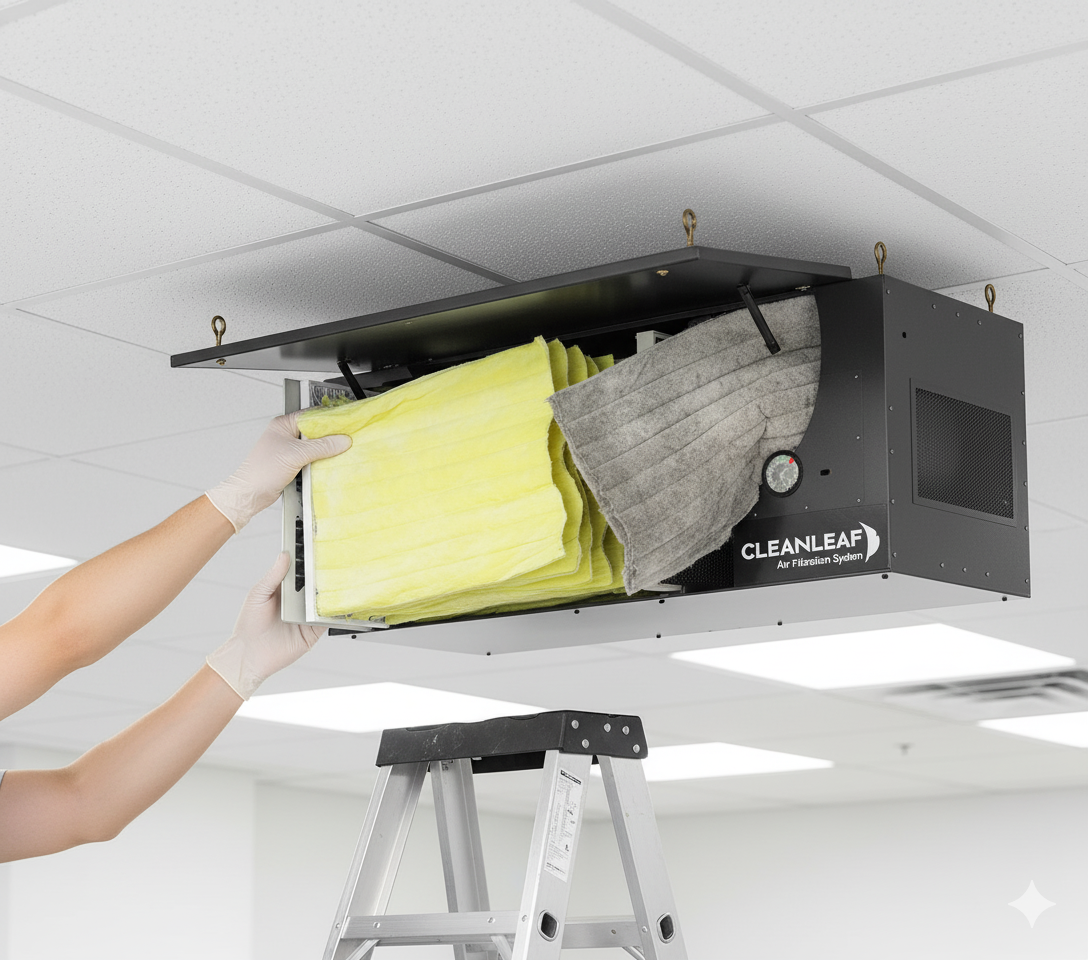 Chlorine is a powerful oxidant added to drinking water by suppliers in order to protect the water from disease-causing organisms, or pathogens. Chlorine protects people from water-borne diseases, which is why public water systems are required to maintain a detectible disinfectant residual in the distribution system.
Chlorine is a powerful oxidant added to drinking water by suppliers in order to protect the water from disease-causing organisms, or pathogens. Chlorine protects people from water-borne diseases, which is why public water systems are required to maintain a detectible disinfectant residual in the distribution system.
The EPA regulates contaminants in drinking water and in accordance with the Safe Drinking Water Act of 1974, the levels of disinfectant are monitored and if the levels rise above the MRDL (maximum residual disinfectant level) the water supplier must take steps to reduce the amount of disinfectant so that it is below that level.
"Chlorine is a naturally-occurring chemical element, one of the basic building blocks of matter," according to the American Chemistry Council. "Scattered throughout the rocks of Earth’s continents and concentrated in its salty oceans, chlorine is an essential nutrient for plants and animals."
The risks of chlorine in tap water
While a certain level of disinfectant, such as chlorine, is necessary to control microbes in water, it can sometimes pose health risks. Chlorine in the water supply reacts with other naturally-occurring elements to form toxins called trihalomethanes (THMs), which have been linked to a wide range of health conditions ranging from asthma and eczema to bladder cancer and heart disease.
Some studies link moderate to heavy consumption of chlorinated tap water by pregnant women with higher miscarriage and birth defect rates, according to ThoughtCo. Essentially, if you are drinking chlorinated tap water, there may be risk involved.
Removing chlorine from tap water
So how do you get the chlorine out of your drinking water? It starts with filtering your water right at the faucet using a carbon-based water filter system.
Activated carbon filters effectively remove many chemicals and gases, and in some cases can be effective in protecting against harmful microorganisms. In addition to improving water quality by removing chlorine, activated carbon can also remove disagreeable tastes and odors from tap water. A few carbon filter systems have been certified for the removal of lead, asbestos, volatile organic compounds (VOCs), cysts and coliform.
The ability of an activated carbon filter to remove chlorine by-products depends on the type of carbon and amount used, the design of the filter and the rate of water flow, how long the filter has been in use, the types of impurities the filter has previously removed and water conditions. There are two types of carbon filter systems, granular activated carbon and solid block carbon.
Unfortunately, carbon filters come with some limitations. Because granular activated carbon filters can provide a base for the growth of bacteria and chemical recontamination is possible, filters must be kept scrupulously clean and be replaced often. Solid block carbon filters can help avoid these problems, but they are more expensive.
Carbon filters are capable of removing many toxic contaminants including THMs from chlorine, but will not protect against all water impurities as they have no effect on harmful nitrates or on high sodium or fluoride levels. Different water filter types can better address different issues with the composition of your water.
Test your water before purchasing a water filtration system so you know exactly what impurities and contaminants affect your water supply. Chlorine may not most harmful element that needs to be addressed in the water at your home or business. An indoor environmental solutions specialist can help you figure out how to most effectively manage your water purity via a water filtration system or water cooler.
Editor's Note: This post was originally published on June 2, 2015 and has been updated for accuracy and comprehensiveness.





